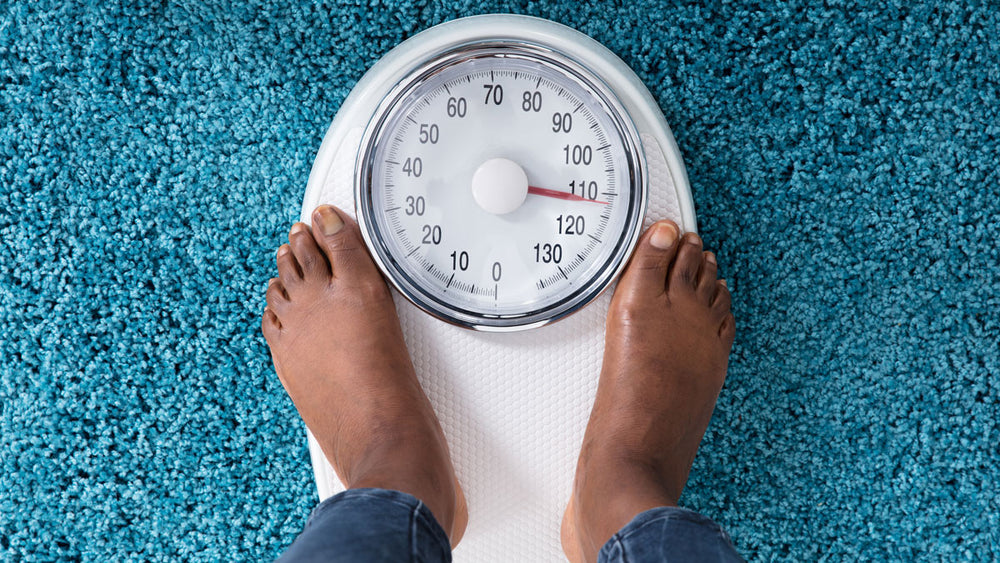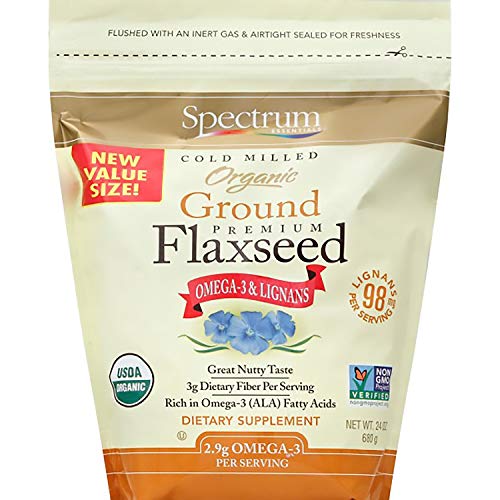We’re not Cave-people anymore!
Millennia ago, humanity survived as hunter-gatherers. In this period predating agriculture, it was a great advantage if you could store the energy you consumed from food more efficiently. A more efficient digestive system would allow you to survive in times of scarcity, prosper and have offspring. Thousands of years later, in an era of food abundance, this once-valuable survival trait may now be transformed into a burden, in the form of a higher risk of developing obesity.
The consequences of this change in our environment can be vividly seen in the exponential increase in extreme obesity in modern industrialized nations, which now affects at least 1 in 20 Americans. In 1962, the idea that a “thrifty gene” was responsible for explaining the rise in obesity rates was first developed. Decades of genetic research data later, we now understand that there are 115 single-nucleotide polymorphisms (or SNPs) that relate to body mass index. Of these, only 9 SNPs are under positive selection, and 5 of those 9 are related to weighing less, not more. So rather than one “thrifty gene”, there are several genes that affect obesity, but they only partly explain one’s propensity towards weight gain. Other factors are involved…
Maybe it’s not just your genes – it’s your gut microbiota?
In 2006, a research group presented evidence that the gut microbiota of both mice and humans is related to the prevalence of obesity. Specifically, the gut microbiota of obese animals displayed a greater ability to harvest energy – contributing to a greater development of obesity. Further, fecal transplants from obese to normal-weight mice resulted in the normal-weight mice gaining weight. The ratio of bacteria in the gut appears to be a marker of obesity, though the exact bacterial makeup that best predicts obesity remains to be determined.
More recently, scientists found that the energy density of stool is related to the prevalence of gut microbiota and obesity level in a group of 85 overweight subjects. Simply stated, stool with a higher energy density should indicate a lesser extraction of energy and a potentially greater likelihood of developing obesity. Stool energy density was related to the makeup of the gut microbiome as well. Individuals were classified into three enterotypes, based on the distribution of their gut bacteria: Prevotella (P-type), Bacteroides (B-type), or Ruminococcaceae (R-type). R-Type had higher α-diversity, higher proteolysis, and higher energy stools, indicating a poorer ability to extract energy from food – which in the case of preventing obesity, should be a good thing. In contrast, the B-type patients had lower α-diversity, lower stool energy, and (surprisingly) shorter intestinal transit times. Enterotype was also related to body weight. All of the patients in this study were overweight, but on average, the R-Type patients had significantly (about 9 kg or 20 lbs) lower body weights than did B-type.
What can one do?
So how do you make your gut microbiome healthier? There are no quick fixes, but eating a diet high in fruits and vegetables is the best advice one can give. Fiber intake, in particular, is strongly related to improving the diversity of gut microbiota. Learn more about the gut health benefits of prebiotic fiber here!
- <Boekhorst, J., Venlet, N., Procházková, N., Hansen, M. L., Lieberoth, C. B., Bahl, M. I., Lauritzen, L., Pedersen, O., Licht, T. R., Kleerebezem, M., & Roager, H. M. (2022). Stool energy density is positively correlated to intestinal transit time and related to microbial enterotypes. Microbiome, 10(1), 223.
- Hensrud, D. D., & Klein, S. (2006). Extreme obesity: a new medical crisis in the United States. Mayo Clinic proceedings, 81(10 Suppl), S5–S10.
- Magne, F., Gotteland, M., Gauthier, L., Zazueta, A., Pesoa, S., Navarrete, P., & Balamurugan, R. (2020). The Firmicutes/Bacteroidetes Ratio: A Relevant Marker of Gut Dysbiosis in Obese Patients?. Nutrients, 12(5), 1474.
- Turnbaugh, P. J., Ley, R. E., Mahowald, M. A., Magrini, V., Mardis, E. R., & Gordon, J. I. (2006). An obesity-associated gut microbiome with increased capacity for energy harvest. Nature, 444(7122), 1027–1031.
- Vedantam, S., Graff, E., Khakoo, N. S., Khakoo, N. S., & Pearlman, M. (2023). Food as Medicine: How to Influence the Microbiome and Improve Symptoms in Patients with Irritable Bowel Syndrome. Current gastroenterology reports, 25(3), 52–60.
- Wu, T., & Xu, S. (2023). Understanding the contemporary high obesity rate from an evolutionary genetic perspective. Hereditas, 160(1), 5.




















Comments
Join The Conversation...